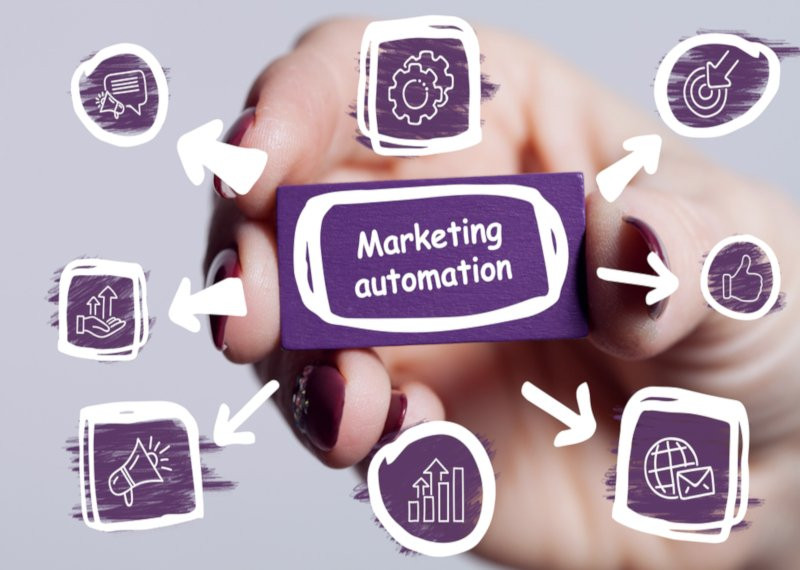How does marketing automation help in business development?

In the following article, I will try to explain in several parts how marketing automation can benefit us, what difficulties we should be prepared for, how to define our plans and how to reach out for help to achieve the greatest possible success.
Why consider marketing automation?
There seem to be fundamental differences between in-store and online shopping. While browsing in a shop, salespeople look at all our wishes, speak to us, find out our needs, our budget for the purchase and then recommend a product based on that. Why not do the same in our online shop?
With marketing automation systems, we can have a "salesperson" who "talks" to all our visitors at the same time. It "quizzes" the visitor based on their behaviour on our website, helping us to understand their interests, buying criteria and product preferences. It helps us to send them more information about a particular service or product. And, with the right campaigns, it can even automate product recommendations to help increase your online store's revenue.
The key question is...
What are our customer segments? Which of our products should be on sale? How many automated campaigns should we set up? Which products should be included in our newsletter? I don't think so.
The most important question is what is our business objective? What do we want to achieve with marketing automation? There are a lot of answers to this question, which we need to weight and prioritise knowing our own business model. In addition to the basic functions (cart abandonment, cart value increase, cross-sell, upsell, segmentation), it is important that the data collected does not just sit in our database, but is an important element of our communication as a whole. This is how we can most effectively use the potential of our database to improve the part of our sales process where we see the greatest potential for growth.
Step by step
There's no need to spill the beans, it's a simple formula:
business plan/objective > strategy > tools > project planning > execution > optimisation
In the following articles we will go into more detail on the tasks involved in each step.
